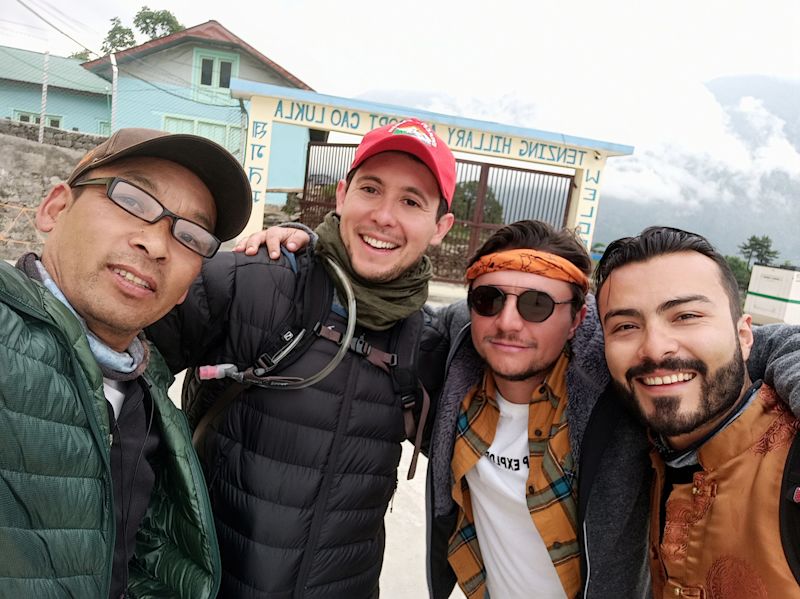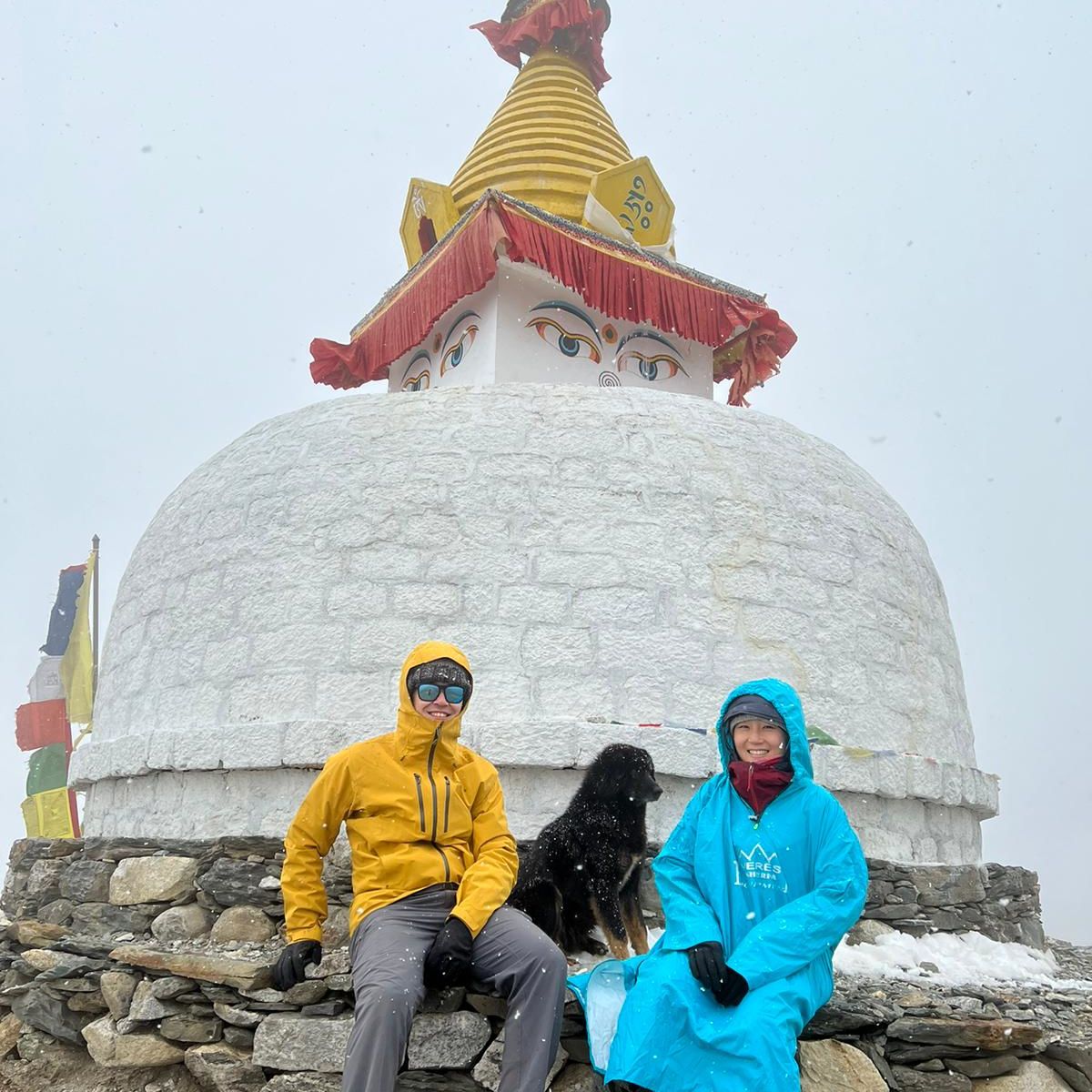
15 things you need to know before doing the Everest Base Camp trek
We've got some invaluable insights and advice for anyone preparing for the Everest Base Camp trek. From saving hundreds of dollars to lengthening the life of your gadgets' batteries, here are 15 things you need to know before doing the EBC trek.
1. Buy (or rent) some trek gear in Kathmandu
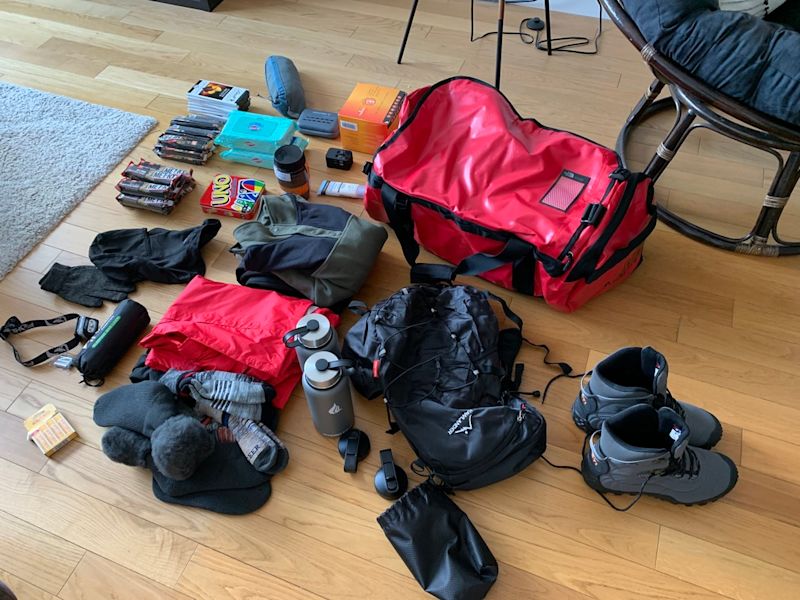
You can easily save hundreds of dollars sourcing some items in Nepal. I spent over $1,000 in London on gear. Quite a few of these items I could have rented or bought in Kathmandu for a fraction of the price.
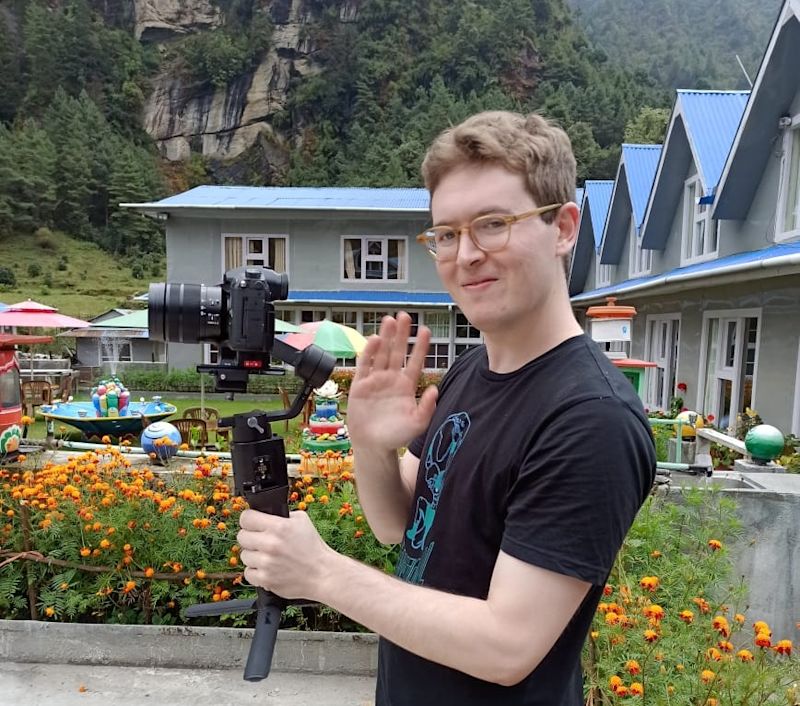
Winter jacket. Trekking pants (trousers). Winter sleeping bag. Thermal sleeping bag inner. Hot water bottle. Winter gloves. Trekking poles. Gaiters. Crampons. Backpack with built-in hydration pack. Backpack rain cover. Poncho or rain jacket.
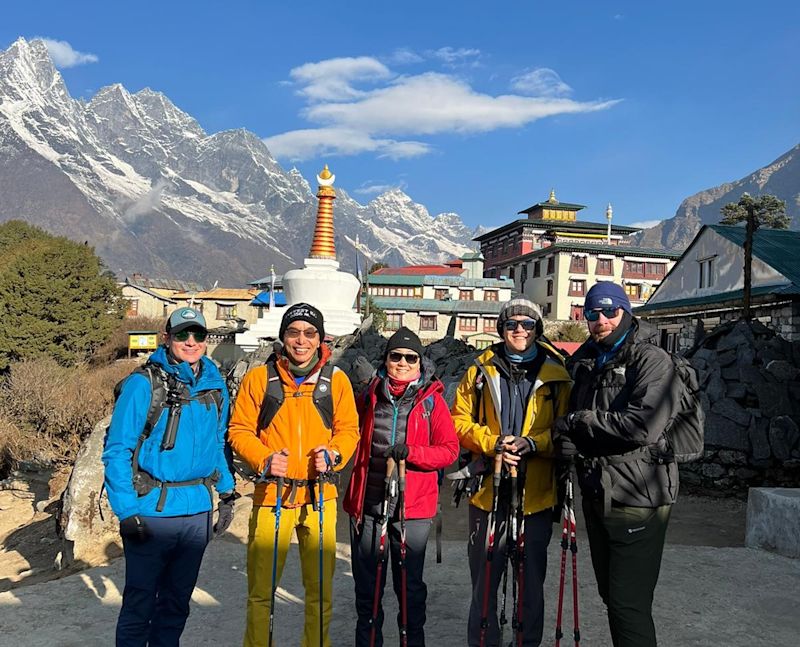
There are many shops selling and renting excellent-quality trekking gear in Kathmandu at a fraction of the price you'd spend in other countries.
2. REALLY wear in your trekking boots
Breaking in your hiking boots should be a key part of your EBC trek prep. Overlook it at your peril!

3. Plan buffer days on either side of the trek
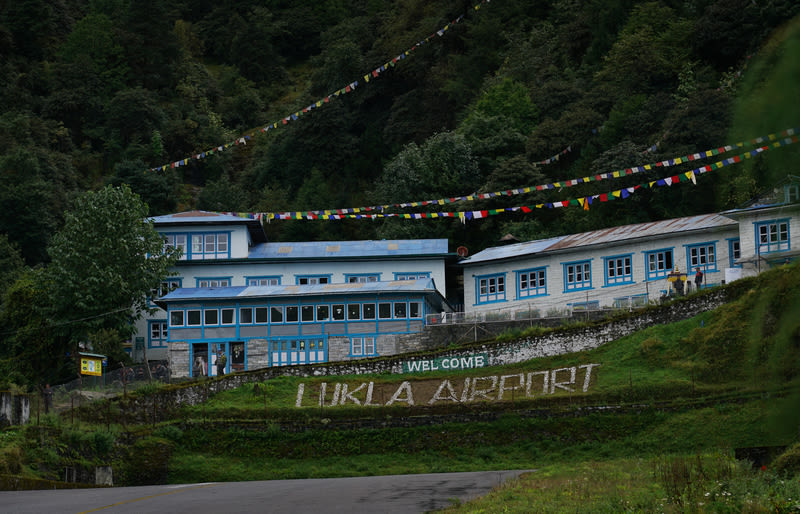
Weather conditions in the Himalayas are very changeable and so flights are frequently postponed until conditions clear.
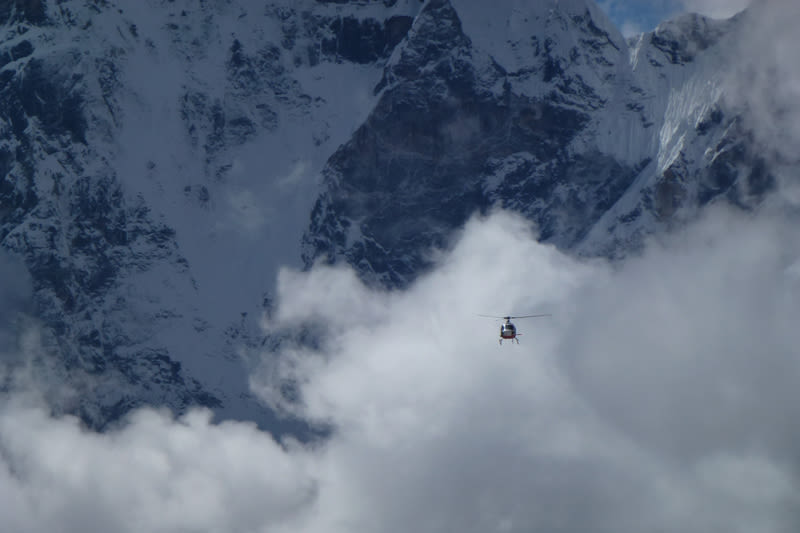
4. Pack these meds for just in case
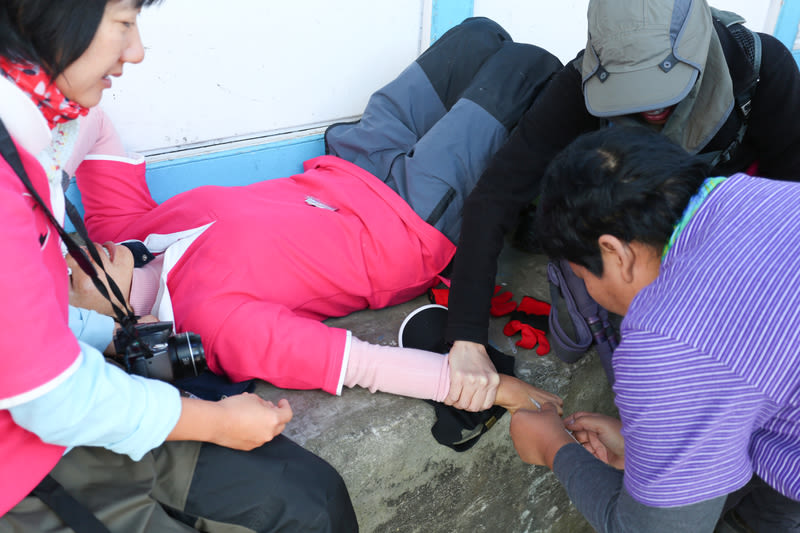
Plasters, blister plasters, hypodermic needle and zinc oxide tape for addressing hot spots and blisters. Anti-diarrhoea and anti-constipation meds (because you'll be dining in various establishments and eating foods that are unfamiliar to your system). Anti-bacterial meds in case you develop an upset stomach (which isn't uncommon on the EBC trek – see point #10). Medicinal throat lozenges (and lots of them, because if you develop a sore throat, you'll get through them quickly).

Plan extensively for emergencies or unforeseen problems. However big or small they might seem. I got blisters on Day 1! And I also came down with a pretty nasty cold on the third day. I didn’t have plasters, nor any medicine besides basic painkillers. I never normally get sick. But really, anything can happen in the mountains!

Consider packing altitude meds
Top tip for those with a period: bring your pads or tampons as high altitude can trigger an unexpected period.
5. Respect the altitude
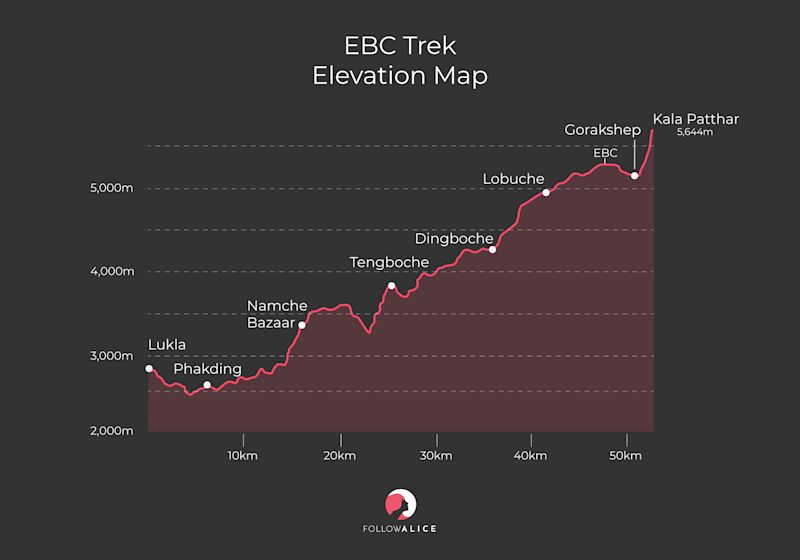
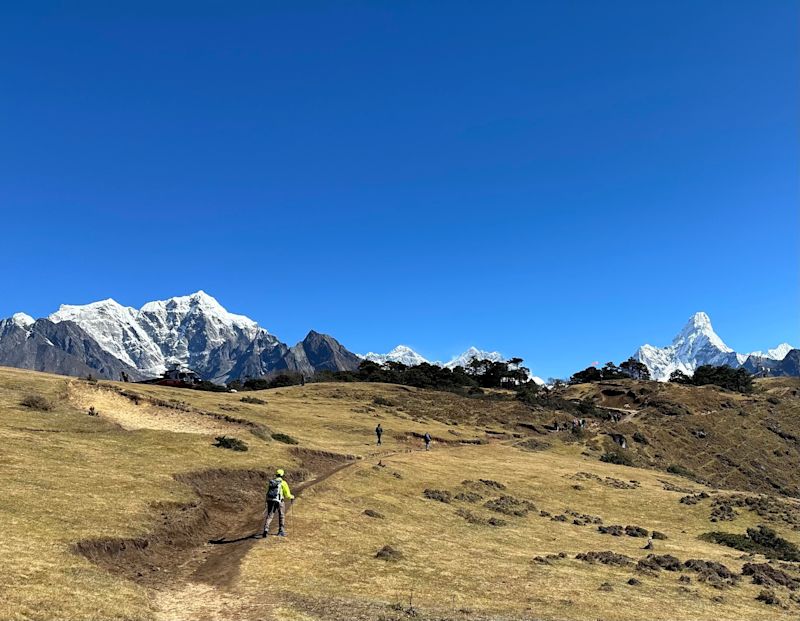
Go at your own pace and take rests when you need them. Include a rest day (or two) on the ascent. End each day's trek with a short acclimatisation hike. Communicate openly with your trek guide about how you feel.
Go at your own pace and take rests when you need them
My group would sometimes vote to refuse breaks occasionally or take a short lunch to reach camp early and ‘keep up a good pace’. But in hindsight this was so stupid. Take it slow and soak up the scenery … Not just to protect against altitude sickness, but also to appreciate your surroundings. It’s not a race, and being in nature is what this trek is all about.
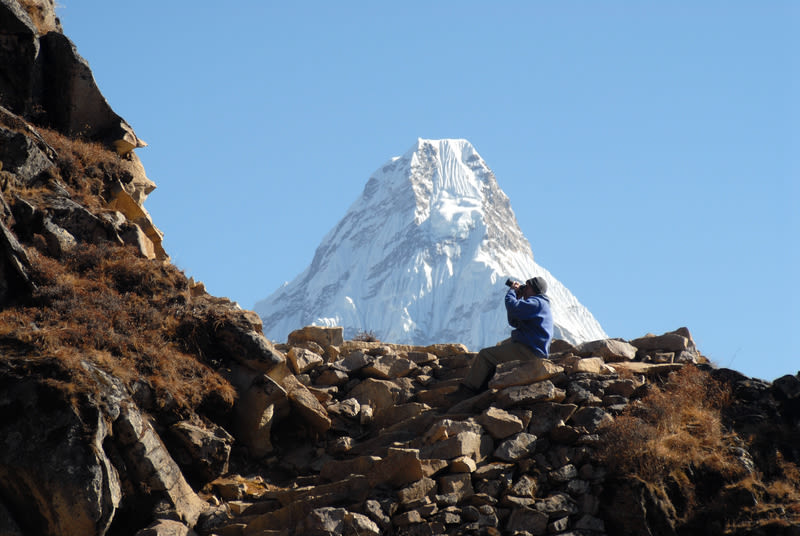
Hiking at altitude is just a different kettle of fish. I am quite a fit and active person ... but no amount of fitness prepares you for thin air at 5,000 m.
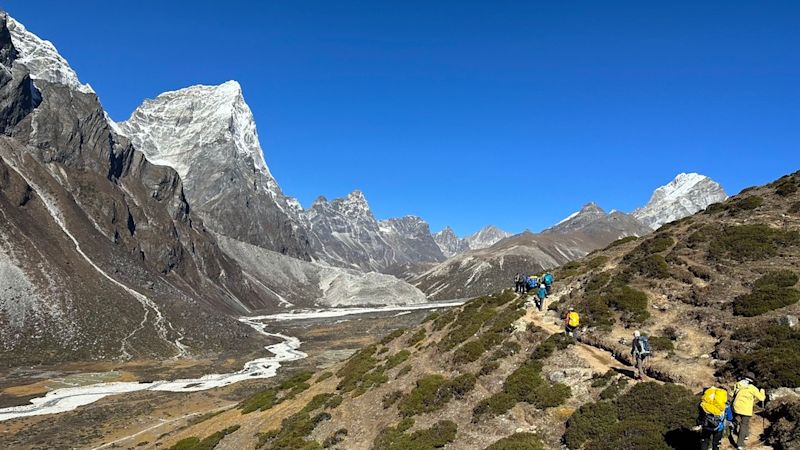
Take a rest day (or two) on the ascent
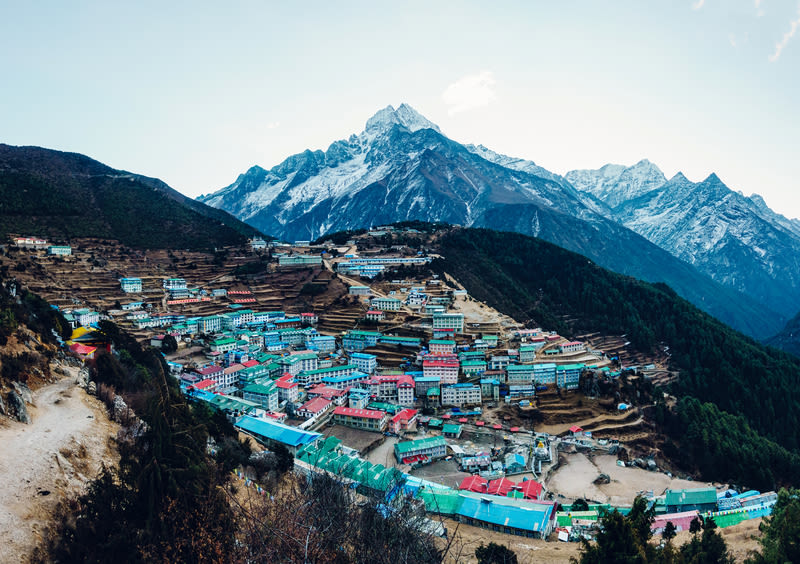
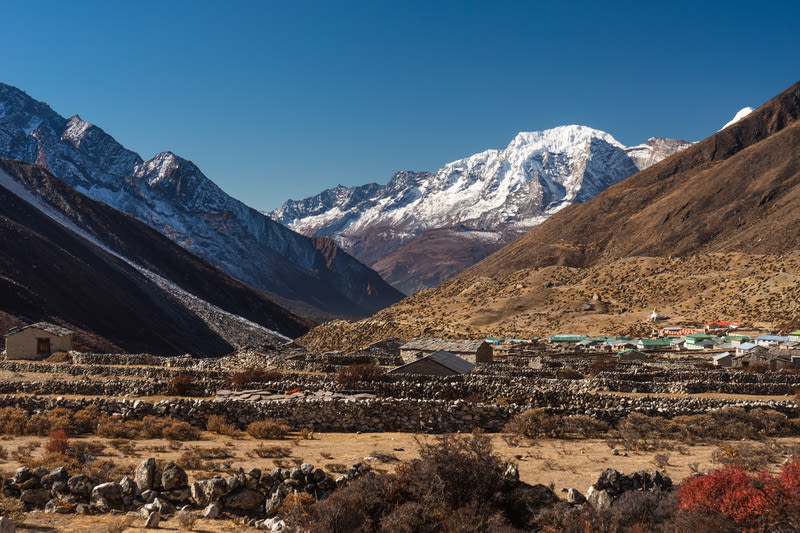
End each day's trek with a short acclimatisation hike
Communicate openly with your trek guide about how you feel
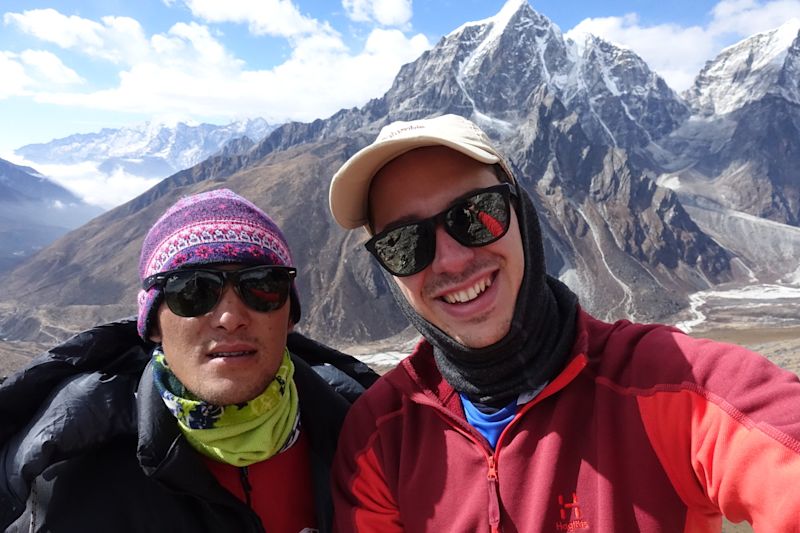
Two final tips for respecting the altitude
Don't drink alcohol or smoke – they tax your body too much. Drink lots of water, as it helps to alleviate the symptoms of altitude sickness.

7. Buy travel insurance for hiking up to 6,000 m
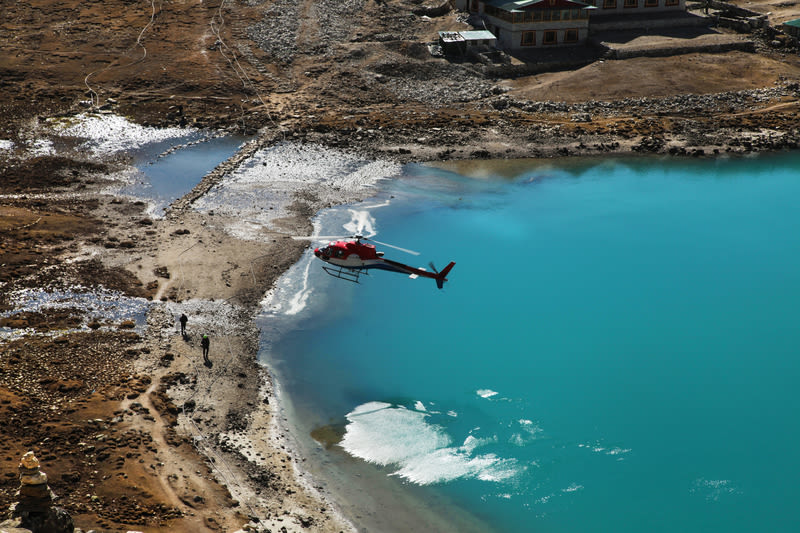
Delayed, cancelled or interrupted travel. Medical insurance. Lost or damaged luggage.
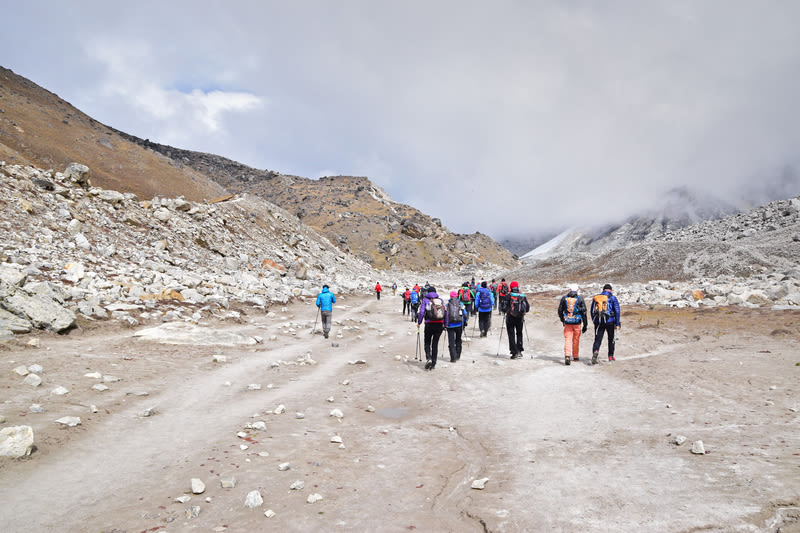
8. Don't miss these side activities along the way
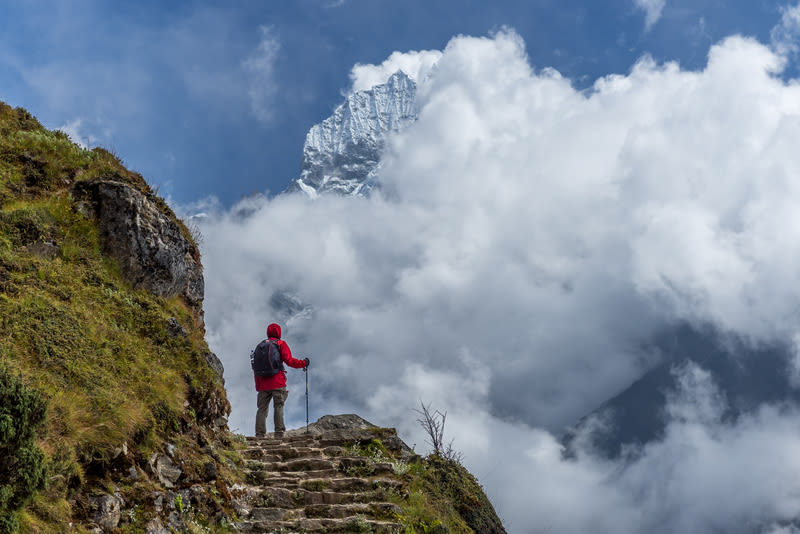
Drinks at Hotel Everest View. Khumjung and Khunde villages. The Sherpa Museum in Namche Bazaar. Tengboche Monastery. "Italian Pyramid" near Lobuche.
Drinks at Hotel Everest View
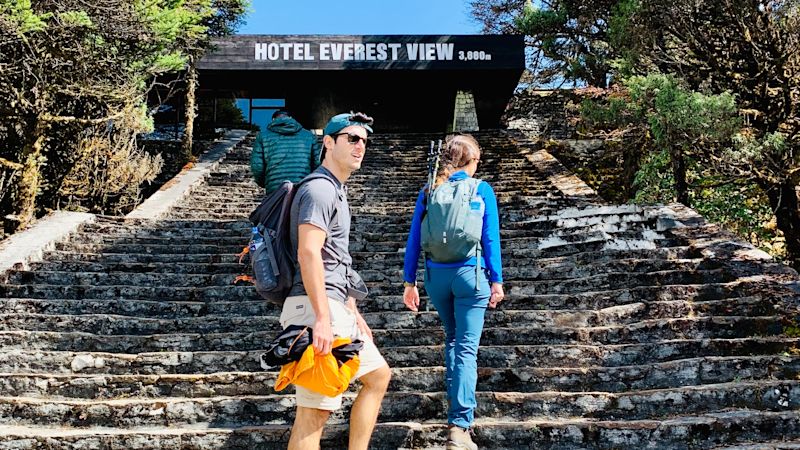
Having coffee and cake at Hotel Everest View while looking out towards the Himalayan peaks is simply sublime.
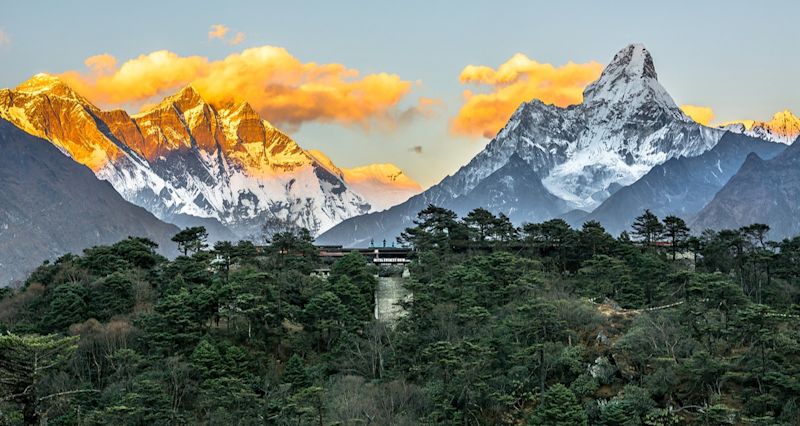
It's even more beautiful than you can imagine. Nepal is what I call ‘stupid beautiful’.
It’s so striking and gorgeous that it is almost a joke. I kept walking around just shaking my head at how beautiful it all was ... I was in disbelief.
Khumjung and Kunde villages
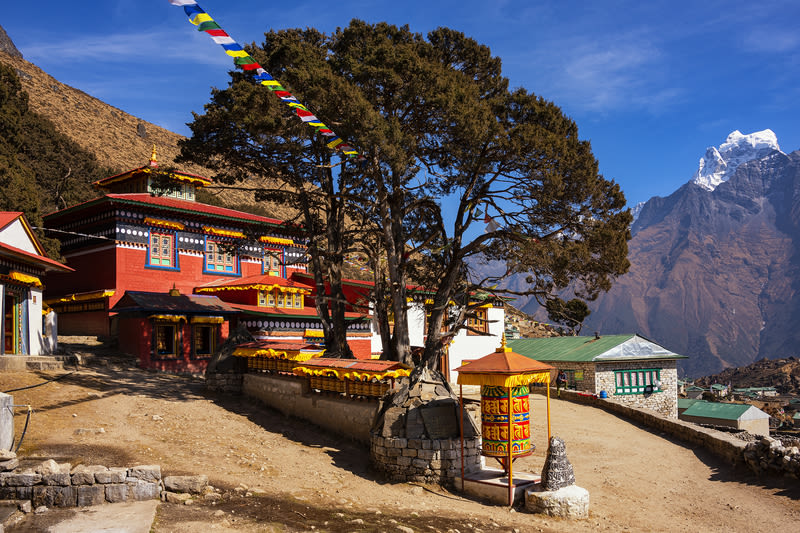
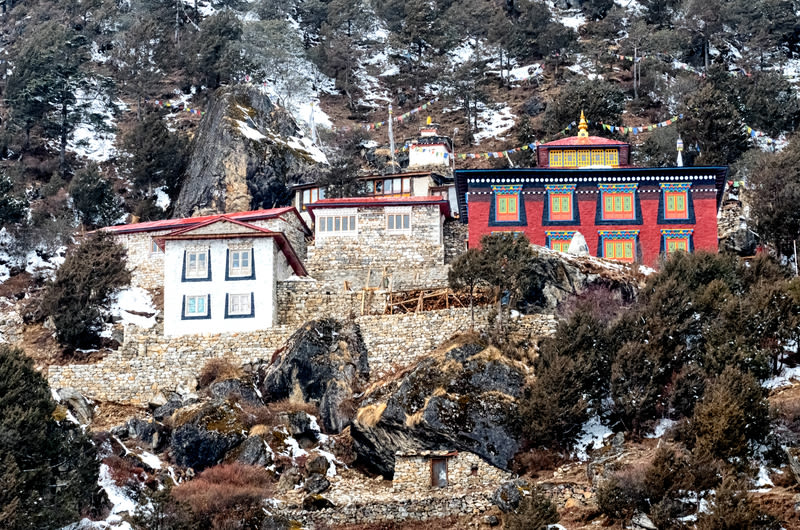
The Sherpa Museum in Namche Bazaar
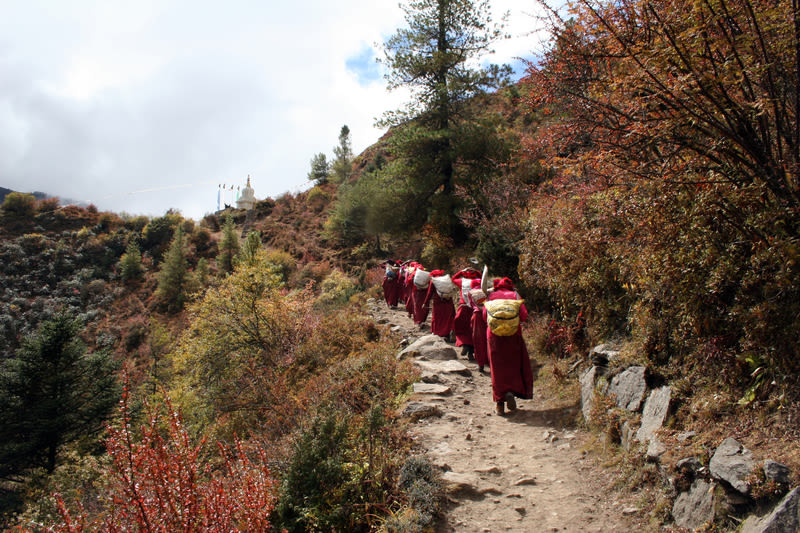
Tengboche Monastery
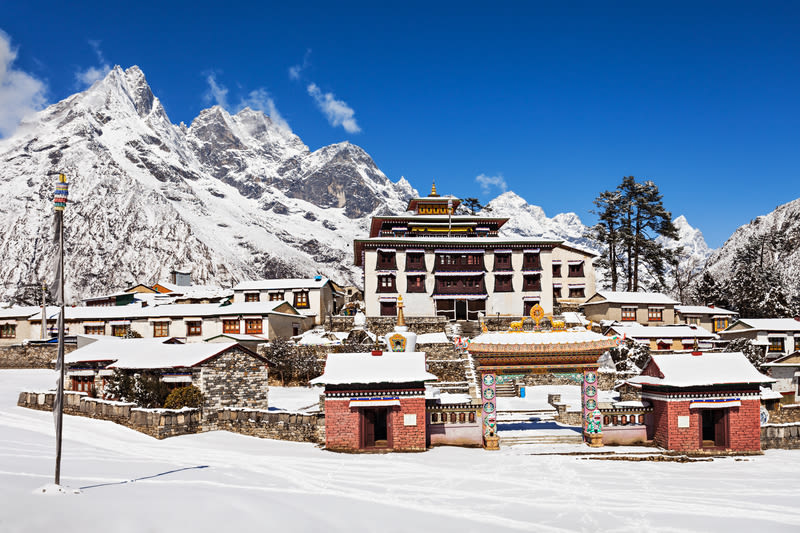
Italian Pyramid near Lobuche

9. Pack sweat-wicking hiking tops and zip-off trousers
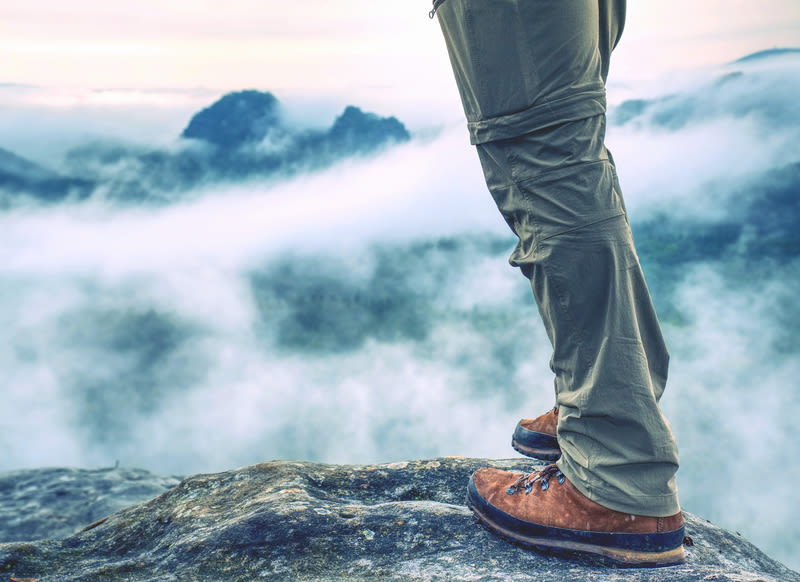
I made the mistake of wearing a cotton T-shirt on one of the days to mix it up. And I was soaking wet the entire day.
There would be a youtube video here.
Sadly, the youtube player requires cookies to work.
10. Avoid meat and bring your own fruit

We suggest that you avoid ordering any meat dishes after a couple of days on the trek as all meat must be carried along the same trail as you to reach your plate.
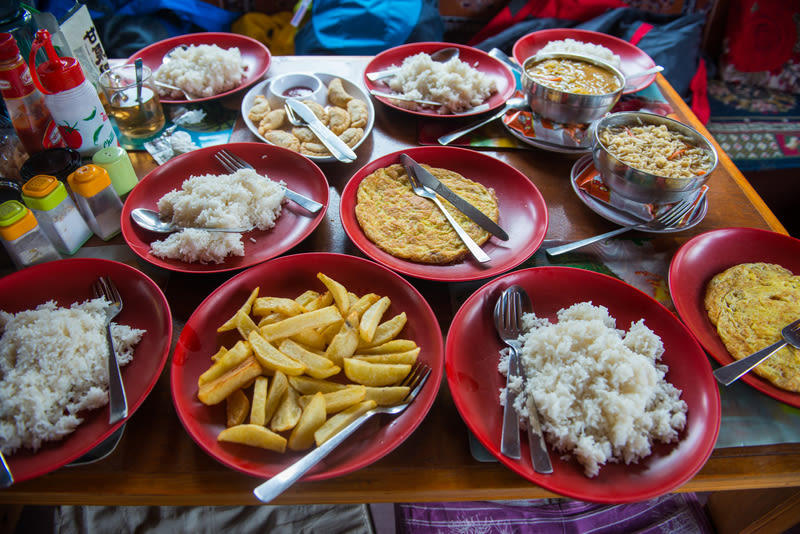
Maybe pack a bag of dates, a tin or two of canned fruit, a couple of cartons of fruit juice, and some hardy fruit like tangerines. Some people in my group brought a big bag of dried fruit, and it was heavenly!
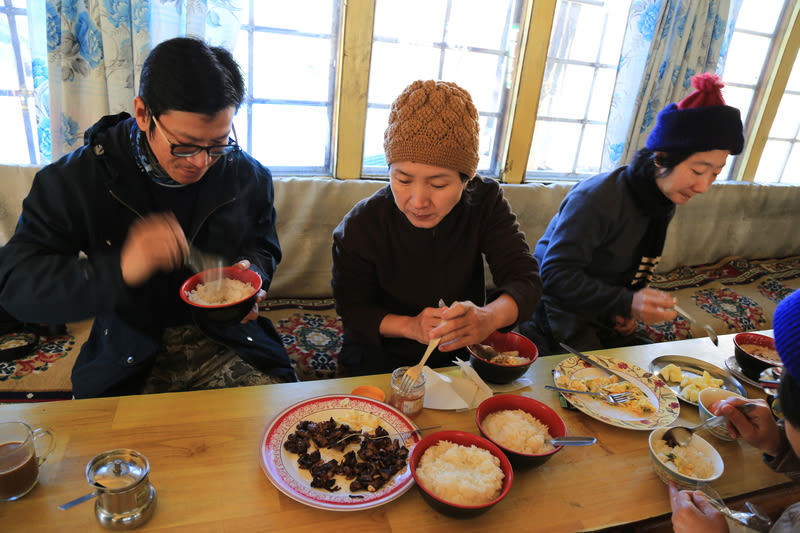
11. Consider packing a solar charger
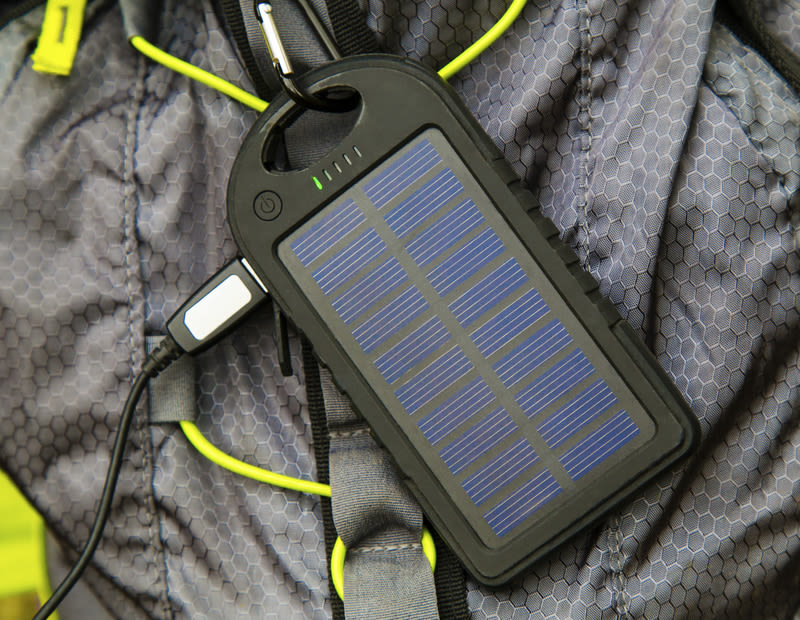
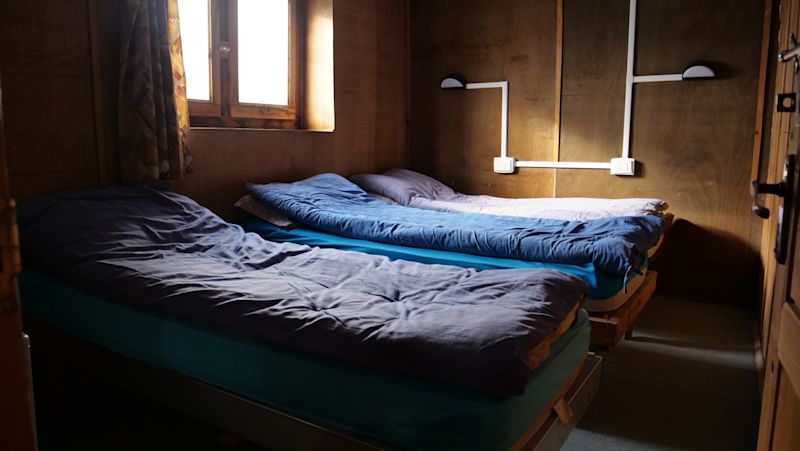
12. Pack wet wipes ... plenty of wet wipes
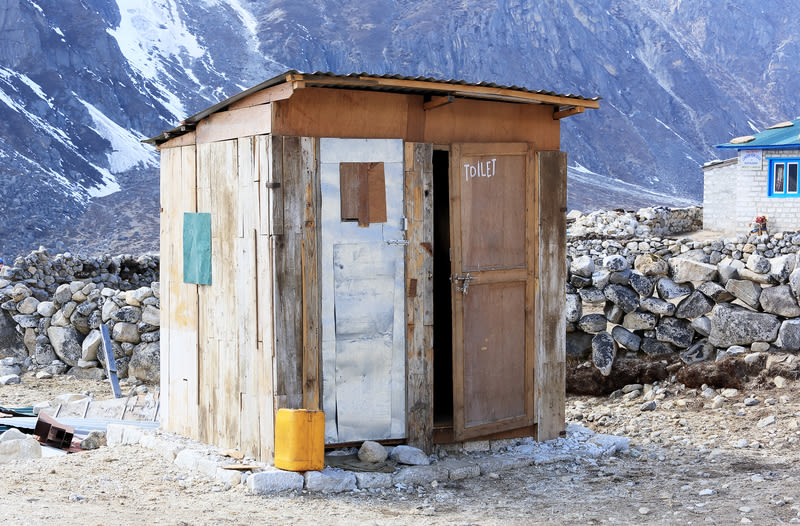
13. Protect your skin, lips and eyes

A broad-brim sunhat (to protect the back of your neck). Polarised sunglasses (the glare off the snow can be intense on sunny days). Quality sunscreen that's easy to reapply. High-SPF lip balm.
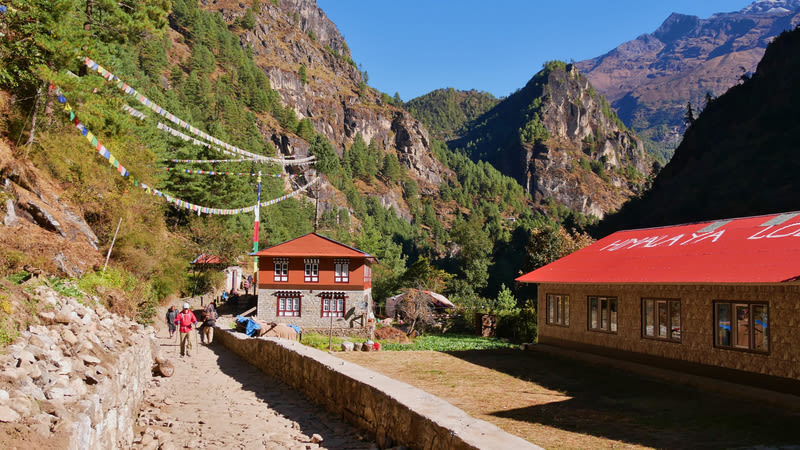
14. Tuck electronics and your drinking bottle into your sleeping bag

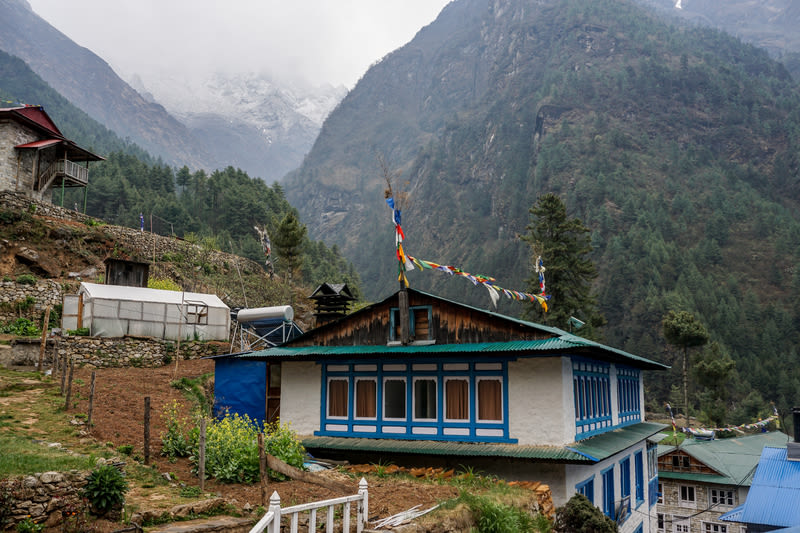
15. Learn a few basic Nepali phrases before the trek
Thanking those who serve you or your mountain crew in their own language is a small action that offers great dividends.
